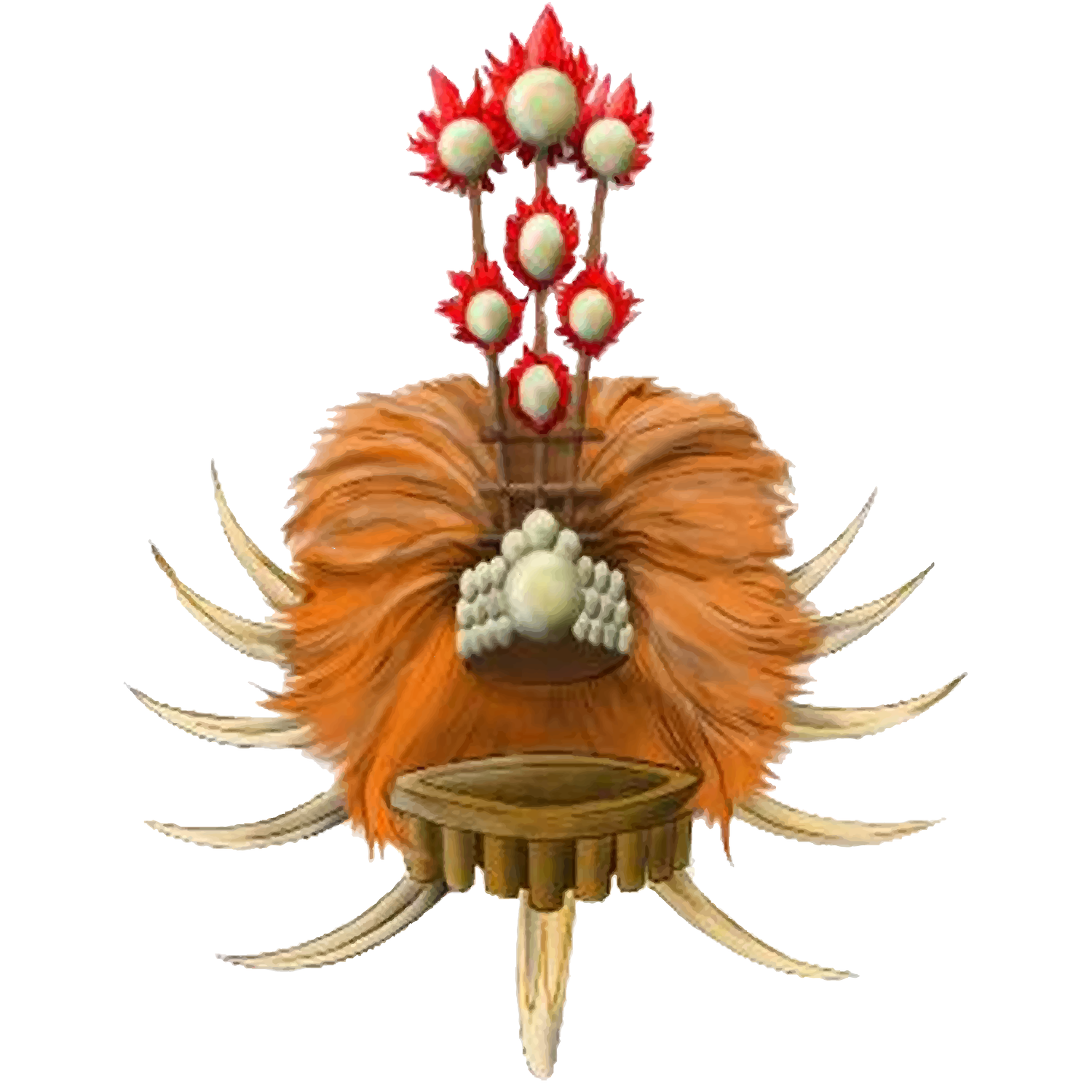about rose atoll
Rose Atoll, also known as Rose Island or Motu O Manu ("Bird Island") by the inhabitants of the Manu'a Islands, is an oceanic atoll situated within the U.S. territory of American Samoa. This untouched wildlife sanctuary marks the southernmost point under the jurisdiction of the United States. Despite its small size, it holds significant ecological value.
Covering a mere 0.05 km2 (12 acres) of land area at high tide, Rose Atoll expands to a total area of 6.33 km2 (1,560 acres), encompassing the lagoon and reef flat. To the west of its northernmost point lies a narrow channel, approximately 80 meters wide, providing access to the lagoon. Two islets adorn the northeastern rim of the reef; the larger Rose Island rises 3.5 meters high in the east, while the non-vegetated Sand Island stands at 1.5 meters high in the north.
The Rose Atoll Marine National Monument, spanning the two remarkable islands of the Atoll, is jointly managed by the U.S. Fish and Wildlife Service and the government of American Samoa.
Measuring only 2.6 × 2.7 km (1.62 × 1.68 mi.), Rose Atoll is among the world's smallest atolls and stands as the sole atoll of the Samoan Islands. (Though Swains Island is also an atoll, it is only politically affiliated with American Samoa, not geographically.)
Situated in splendid isolation, Rose Atoll finds its closest neighbor in Taʻū, located 140 km (87 mi.) to the west-northwest.
WILDLIFE & MARINELIFE
Rose Atoll harbors significant populations of giant clams, nesting seabirds, and rare reef fish, distinguishing it within American Samoa. Its fish community differs from the region, with a prevalence of carnivorous species and scarcity of herbivores, hosting around 270 fish species documented over 15 years. Beyond the lagoon, tuna, mahi-mahi, billfish, barracuda, and sharks inhabit deeper waters, where tunicates and stalked crinoids are also observed. Endangered humpback whales and Stenella dolphins frequent its waters. The atoll serves as a vital nesting ground for threatened green and endangered hawksbill turtles, with nesting occurring from August to February during migrations between American Samoa and other Pacific islands. Hosting 97% of the territory's seabirds, including federally protected species such as red-footed boobies and frigate birds nesting in buka trees, black noddies, and white terns in lower branches, and reef herons and red-tailed tropic birds utilizing root systems. Recognized as an Important Bird Area by BirdLife International, the atoll sustains a breeding population of approximately 400,000 sooty terns, with the only remaining Pisonia forest in Samoa.

